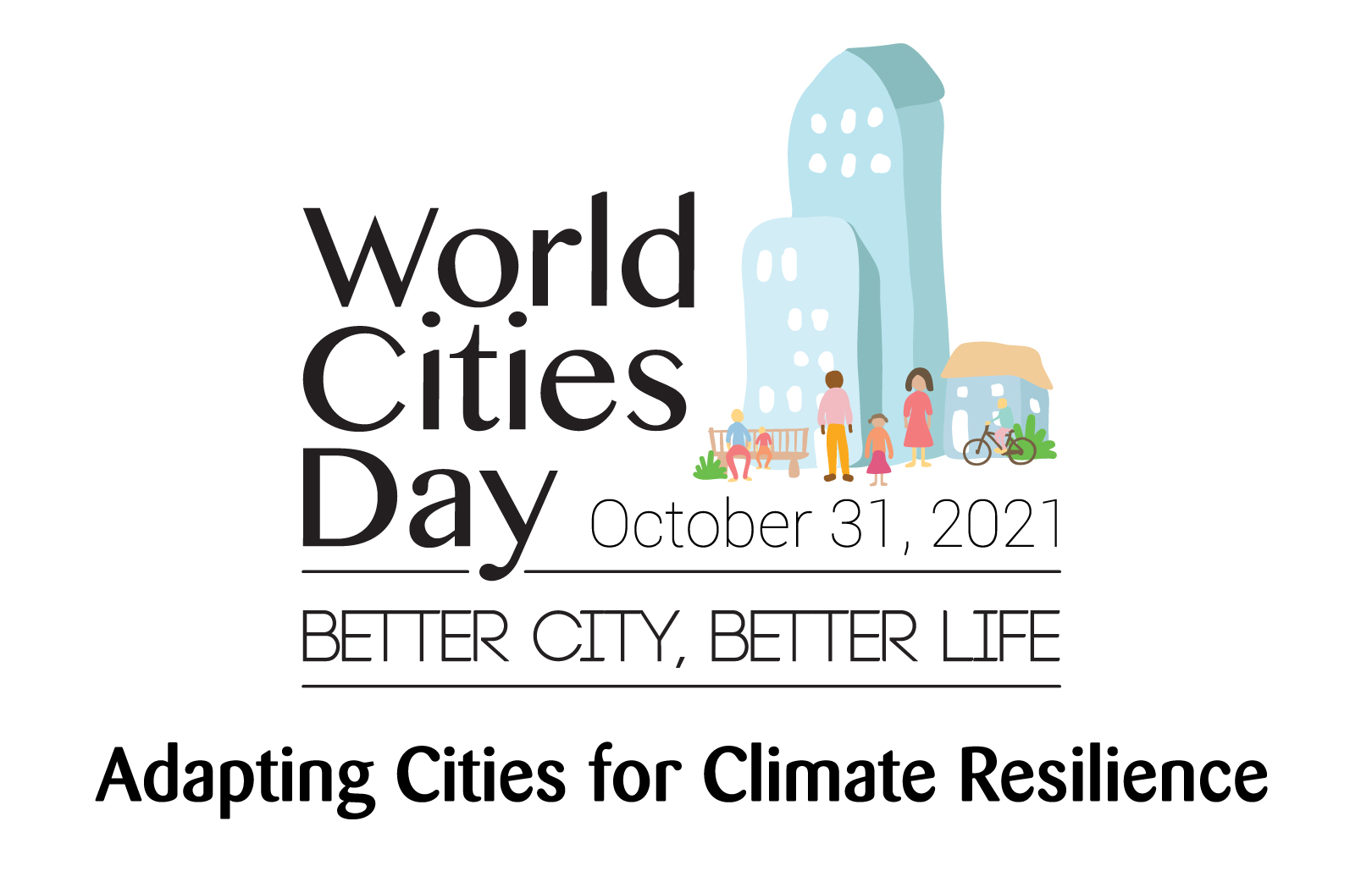Draft prepared and adopted by Scientific Committee on 6/10/2021
In search for more sustainable, climate-resilient cities and societies
The International Society of City and Regional Planners (ISOCARP) wishes to join UN-Habitat and the global community in celebrating the 8th World Cities Day (WCD).
We celebrate the day because of the many achievements in the past. But this year, we are also keenly aware that the word ‘celebration’ may sound inappropriate in a world caught in between a pandemic and predictions of a possible climate catastrophe.
The original purpose of the WCD calls for “a moment to reflect on our cities and consider their future”. This is very appropriate because recent developments, including the Corona pandemic, brought up more questions than answers. We should therefore share a few reflections on the possibility of a better design of cities and regions, considering lessons learnt with the Covid-19 pandemic response and, while anticipating the more urgent action on the climate crisis.
The shock of the coronavirus pandemic has been so profound that some have even questioned the idea of the city as such. The words traditionally central to the idea of city, such as ‘density’ and ‘concentration,’ used to have in principle a positive connotation. Now they are imbued with ambiguity. Geographers, planners, sociologists, public health experts and other public and private stakeholders of the urban fabric, are debating how much is too much.
While the debate is going on, residents and businesses are leaving some of the larger and more central urban areas — particularly those already unaffordable — in favour of more peripheral metropolitan regions and smaller towns. Decentralisation seems to be the order of the day, even when it only means the workplace is now at home, in the suburbs, and no more in the city centre and the usual commercial and industrial hubs.
Could it be that the trends for decentralisation and deconcentration are fortunate trends as they provide positive development opportunities? For instance, could it be that decentralised jobs and homes, and lower densities, are opportunities to increase the quality of urban life, as well as increase self-sufficiency and thus beef up climate resilience? Is this a historic opportunity to trigger more urban farming, decentralised solar power and other forms of local harvesting resources?
Or it is more likely, as well as more desirable, that, post-pandemic, we move back to the centralised and concentrated form – consciously and collectively better prepared for pandemics, having benefitted from a holistic and global evolution of response to climate change and resilience?
UN-Habitat’s choice of this year’s WCD theme ‘Adapting Cities for Climate Resilience’ indicates that climate adaptation is gaining relevance compared to climate mitigation as a more established priority. The official WCD 2020 statement acknowledges that “cities worldwide are increasingly suffering the effects of climate-related disasters, such as floods, droughts, sea-level rise, heatwaves, landslides and storms”.
Driven by the pandemic pressure cooker, perhaps we are closer to a new definition of the city than we realise. It might be one that is not based on the physical concepts related to urban form (density, centrality, concentration) but is more oriented towards urban flows, social aspirations and environmental constraints. Polycentric structure and local communities are gaining attention. The newly popular concept of the ’15 min city’ — living, working, shopping, socialising locally — is being adopted by some city councils.
Technology de-carbonisation is now widely accepted as a strategic objective and is being implemented beyond only pilot projects in many countries. Even economic de-growth is on the table, although we still need to explain how this scenario can be reconciled with current economic regimes and the needs of the developing nations.
The Congresses of ISOCARP in 2018, 2019, 2020 already explored the concepts of Resilience and Adaptation, and how they both push for and stem from new spatial configurations of urban form and urban infrastructure.
We enthusiastically join UN-Habitat in its call for “more sustainable, climate-resilient societies”, as well as support its broader agenda of: “reducing poverty; ensuring basic services and livelihoods; the provision of accessible, affordable and adequate housing; investing in infrastructure; upgrading informal settlements; and managing ecosystems.”
